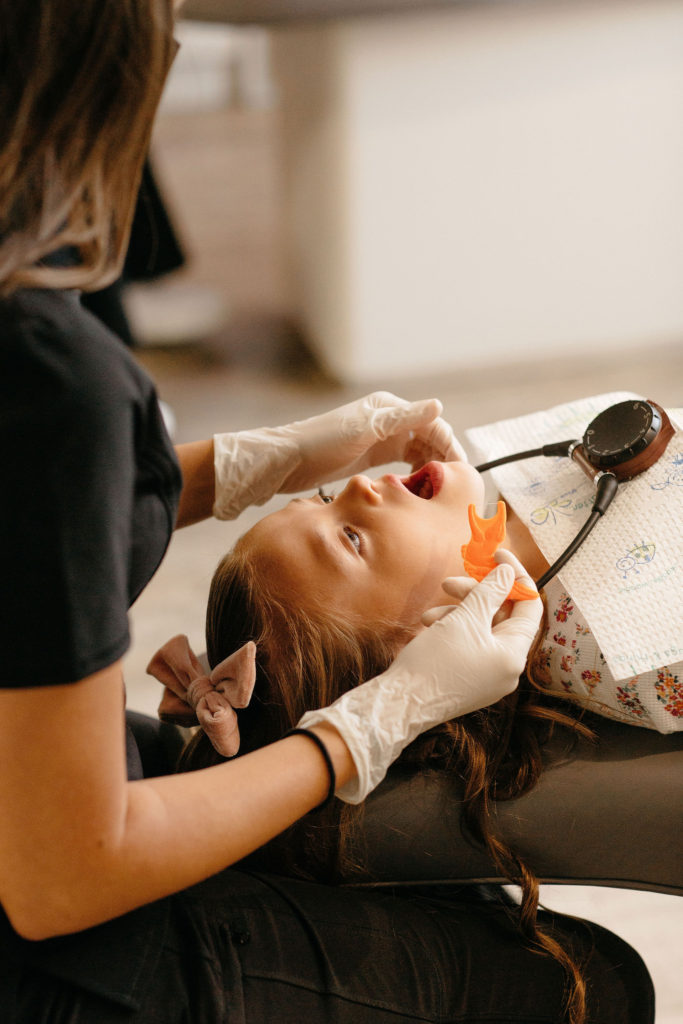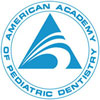Sedation
Pediatric Sedation Dentistry Changes the Way Kids View the Dentist
Pediatric sedation dentistry is a service we take very seriously here at Utah Pediatric Dentists. Our pediatric dentists have participated in extensive training consisting of three to four years additional to their dentist schooling and on an annual basis do continuing education to keep current on the newest techniques, processes, and procedures that encompass pediatric sedation dentistry. We offer three sedation options, in office:
- Oral Sedation
- Nitrous Oxide
- Intravenous Sedation
In order to achieve one of the four different levels of sedation:
- Minimal Sedation – where the patient is awake and relaxed.
- Moderate Sedation (aka conscious sedation) – people may slur their words and have a hard time remembering any of the procedure.
- Deep sedation – where the patient is on the edge of consciousness but can be awakened.
- General Anesthesia – the patient is completely unconscious.
Is Oral Sedation Safe?
Yes. We take great care in our medical history interview with you about your child to learn of any medical conditions, and any medications, supplements, or vitamins currently being taken. We take all that into account and measure it with the development and age of your child to ensure medications are prescribed proper dosages. Take special note here, that if your child is a teenager old enough to drive, they should not drive to or home from a dental procedure involving oral sedation.
Can You Still Feel Pain with Laughing Gas (Nitrous Oxide)?
Yes. Nitrous oxide, alone, is not an anesthetic. Its function is to relieve anxieties, stresses, and tension so that our pediatric patients can relax for the procedure. It is used in conjunction with a local anesthetic that serves to numb the affected area for the procedure.
Is Nitrous Oxide Safe?
Yes. The American Academy of Pediatric Dentistry (AAPD) officially and clearly states it is recognized as a safe sedation technique to be used in pediatric sedation dentistry.

What is Oral Sedation?
We may choose to do oral sedation dentistry in circumstances where your child is having anxiety about a dental procedure. Oral sedatives can be prescribed to be taken at home, sometimes for the night before a procedure to ensure your child will be able to have a restful night’s sleep. Oral sedatives can also be prescribed to be taken at home before coming into our office for the dental procedure to help ensure they can be calm and relaxed for the procedure. This is often a good choice for pediatric patients that due to their age and development would otherwise be unable to sit still during a dental procedure.

Nitrous Oxide
Nitrous oxide, also referred to as laughing gas, is one of the more commons form of in office sedation used in pediatric dentistry. It is probably also the form you are most aware of, likely having heard other parents talk about their experiences with laughing gas for kids. Nitrous oxide is simply inhaled by the pediatric patient while sitting in the dentist chair. Inhaling the nitrous oxide gives the body a strong sense of relaxation and can induce a sort of happy or giddy feeling.
The laughing gas is inhaled by placing a mask over the nose and mouth. The effects are noticeable usually in less than four minutes and wear off quickly after removal of the mask. With this type of in office sedation, your child will remain awake and aware during the procedure. We monitor both our pediatric patients and the nitrous oxide levels with great care to ensure maximum comfort and safety.
Intravenous Sedation
Intravenous sedation is what the name implies. Sedation that is fed into the body by means of an IV. IV sedation dentistry is performed here, in our office. It allows our pediatric dentists to perform the necessary dental procedure all while monitoring our pediatric patients for comfort and adjusting dosages as appropriate. Additionally, we can adjust the level of sedation, to either a light sedation or a deep sedation. This method of sedation can also be used in combination to other methods of sedation to ensure pain and discomfort are not a concern. Our intravenous sedation method differs from what you may associate with general anesthesia in that our patients remain fully capable of controlling what we call their protective reflexes. They still perform the function of breathing without assistance and can even respond to some commands, although they are unaware of their surroundings. Normally pediatric patients who have undergone dental procedures by way of intravenous sedation have no recollection of the procedure.
Is Intravenous Sedation Safe?
Yes. Our pediatric dentists are highly trained and experienced in all techniques of sedation dentistry. We have collectively performed over 25,000 in office sedations.
When is Dental Sedation Used?
The need for dental sedation varies greatly as every child is a unique human with different fears, anxieties, and reactions. We consult with parents and the child (when age appropriate) to determine the best option based on our pediatric patients’ emotional needs and development. Generally, some form of in office sedation is used in the following dental procedures:
- Extractions
- Composite Fillings
- Dental Crowns
What are the Side Effects for Dental Sedation?
Sedation side effects vary and do not occur in all cases. Factors that contribute to the presence of side effects include the uniqueness of the pediatric patient and the type of dental sedation involved. Some of the more common side effects that present are:
- Drowsiness
- Heavy Limbs
- Numbness of the tongue, cheek, and jaw
- Dry mouth
- Nausea
As previously stated, not all side effects present in all patients. It is however important that if you are not planning to be present for the procedure, to arrange transportation for your child. Even when they are old enough to legally drive, we ask that they do not attempt to do so following a procedure that involves sedation.
Ultimately, even after reviewing all our information about sedation dentistry provided here, we encourage you to discuss with us any concerns you may have about sedation dentistry and want you to feel comfortable asking questions.
The American Dental Association has put together a list of suggestions for questioning parents, you can find that list at this link, where a PDF format is also available for download. The American Academy of Pediatric Dentistry and American Academy of Pediatrics worked together to provide pediatric dentists with clear guidelines on the topic. If you would like to take a look at them, follow this link to the Journal of the American Academy of Pediatrics. Please don’t hesitate to contact us!
Dentists on Our Team
Years Combined Experience
In-house Sedations
Patients
Counties Served
Staff members
Don't Wait Any Longer!
Schedule Your Child's Appointment Today








